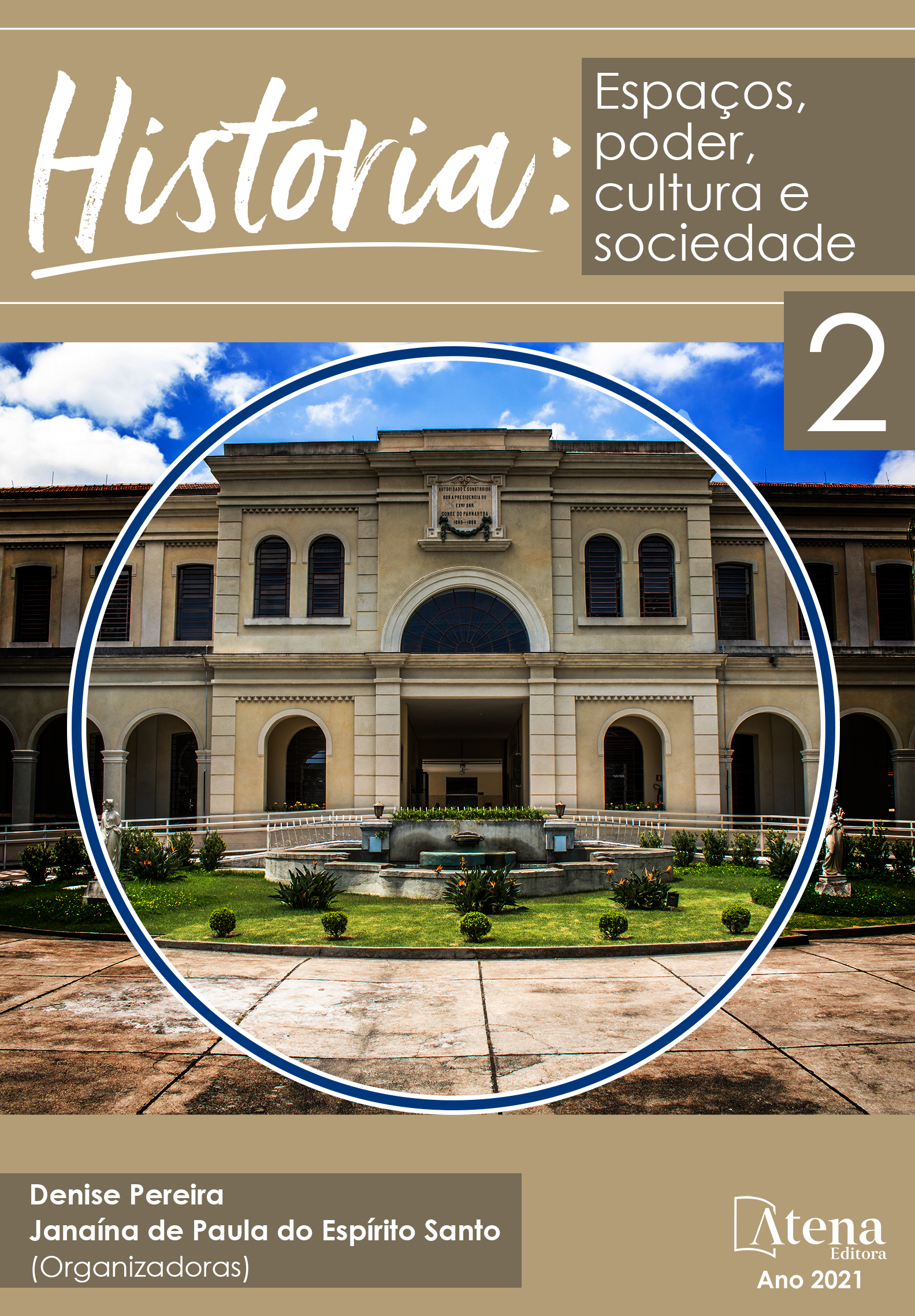
PANDEMIA DO CORONAVÍRUS NO CONTEXTO INTERÉTNICO: ENTRE PERMANÊNCIA E RUPTURA DO SISTEMA, VALORES E HUMANIDADE
Este estudo busca respaldar a doença covid-19, articulando-a na dimensão teórica que envolve a história, arte e suas relações entre oralidade e imagem, por meio de referenciais teóricos relacionados às teorias da etnicidade, ao interculturalismo e com base na interpretação hermética sobre os sistemas de signos em espaços de singularidade em suas práticas coletivas e duas vertentes: a que traz intencionalidade eurocentrista, e também nos estereótipos que configuram na reprodução dos artistas: Johann Motriz Rugendas, Jean Baptiste Debret e Joaquim José de Miranda. Outrossim, nos mitos indígenas de origens dos relatos históricos na iconografia do Invisível e memória das narrativas imagéticas acerca da arte xamã, dos grupos étnicos específicos, tais como: povo Yanomami , por meio de Davi Kopenawa, o povo Desana do Alto Rio Negro tendo como líder Feliciano Pimentel Lana, os Jê do Sul tendo como artista Vãngri Kaingang e Carlos Almir Goj Je Gitoto, ambos do povo Kaingang do estado do Paraná. A pesquisa demonstra que a cultura não se reduz a língua, mas o meio pelo qual é composta a linguagem; esta que engloba além dos indivíduos, o meio ambiente que os cerca. Por conta da pandemia acometer cada vez mais pessoas dia após dia nos centros urbanos, a população da zona rural em especial a indígena, se sente vulnerável por conta da carência de informação e materiais referentes à higiene e prevenção da doença. É preciso refletir acerca da atual pandemia e o impacto causado nas comunidades indígenas. Mais do que isso, buscar soluções e/ou meios para evitar a contaminação nestes grupos étnicos, pois a doença em estudo pode levá-los à extinção.
PANDEMIA DO CORONAVÍRUS NO CONTEXTO INTERÉTNICO: ENTRE PERMANÊNCIA E RUPTURA DO SISTEMA, VALORES E HUMANIDADE
-
DOI: 10.22533/at.ed.2152118117
-
Palavras-chave: COVID-19, Artista Xamã, Historiografia, Narrativa.
-
Keywords: COVID-19, Shaman Artist, Historiography, Narrative
-
Abstract:
This study seeks to support the covid-19 disease, articulating it in the theoretical dimension that involves history, art and its relations between orality and image, through theoretical references related to the theories of ethnicity, interculturalism and based on interpretation hermetic about the systems of signs in spaces of singularity in their collective practices and two aspects: the one that brings Eurocentric intentionality, and also in the stereotypes that configure in the reproduction of the artists: Johann Motriz Rugendas, Jean Baptiste Debret and Joaquim José de Miranda. Furthermore, in the indigenous myths of the origins of historical reports in the iconography of the Invisible and memory of the imagery narratives about shaman art, of specific ethnic groups, such as: Yanmoami people, through Davi Kopenawa, the Desana do Alto Rio Negro having as leader Feliciano Pimentel Lana, the Jê do Sul having as artist Vãngri Kaingang and Carlos Almir Goj Je Gitoto, both of the Kaingang people of the state of Paraná. The research demonstrates that culture is not reduced to language, but the means by which language is composed; this which encompasses, besides those belonging, the environment that surrounds them. Due to the pandemic affecting more and more people day after day in urban centers, a rural population, especially indigenous people, feels vulnerable due to the lack of information and materials related to hygiene and disease prevention. It is necessary to reflect on the current pandemic and the impact reflected on indigenous communities. More than that, look for solutions and / or means to avoid contamination of ethnic groups, because the disease under study can religion them to extinction.
-
Número de páginas: 18
- Tadeu dos Santos kaingang


